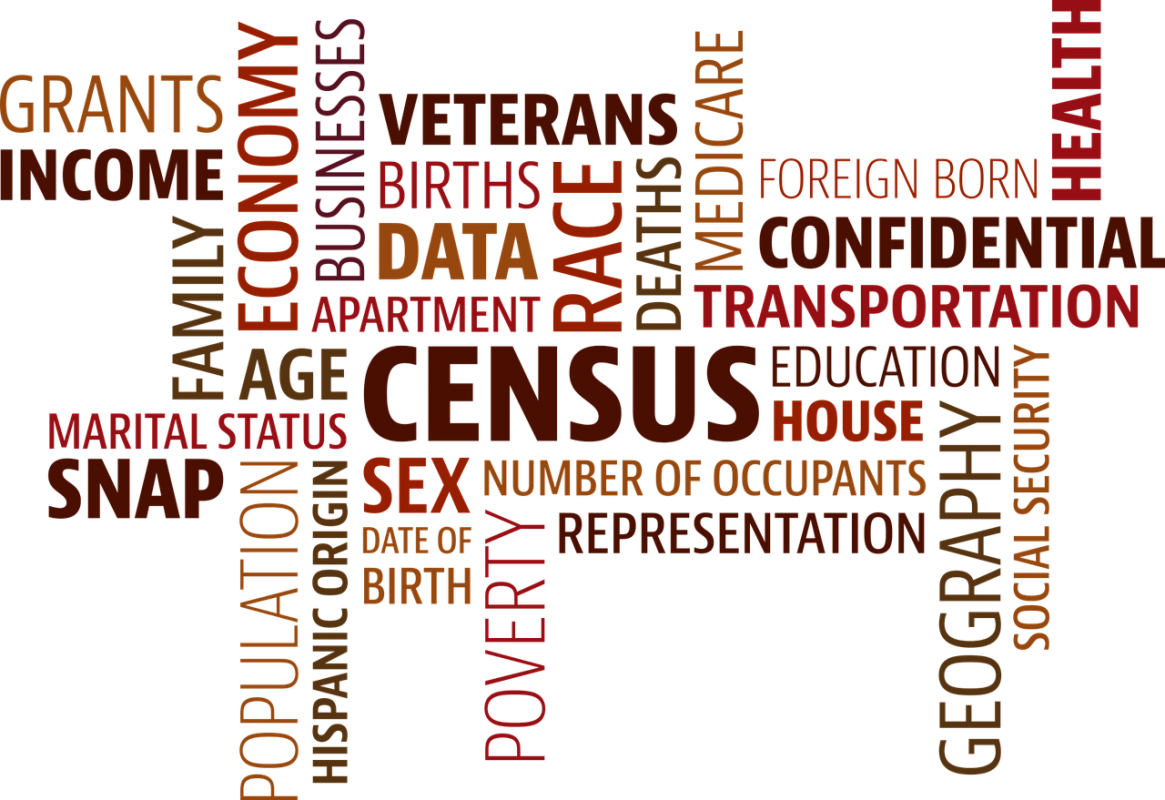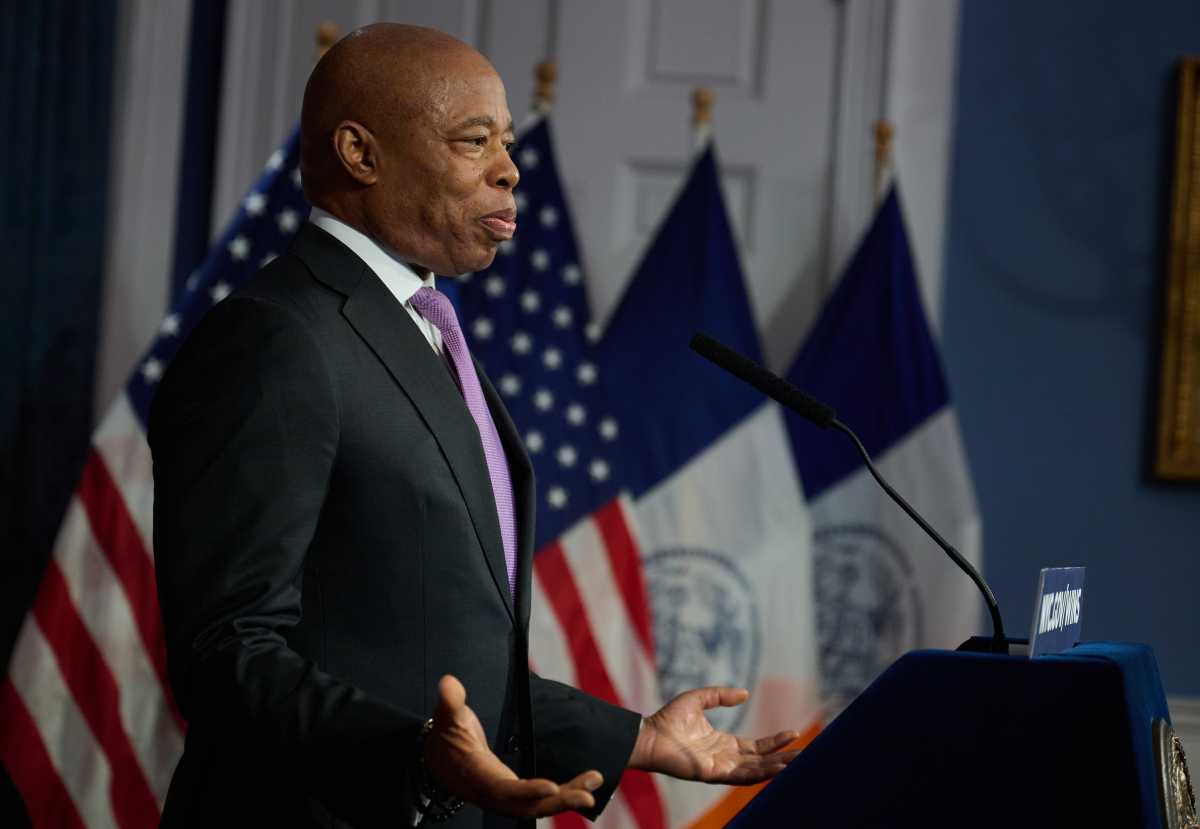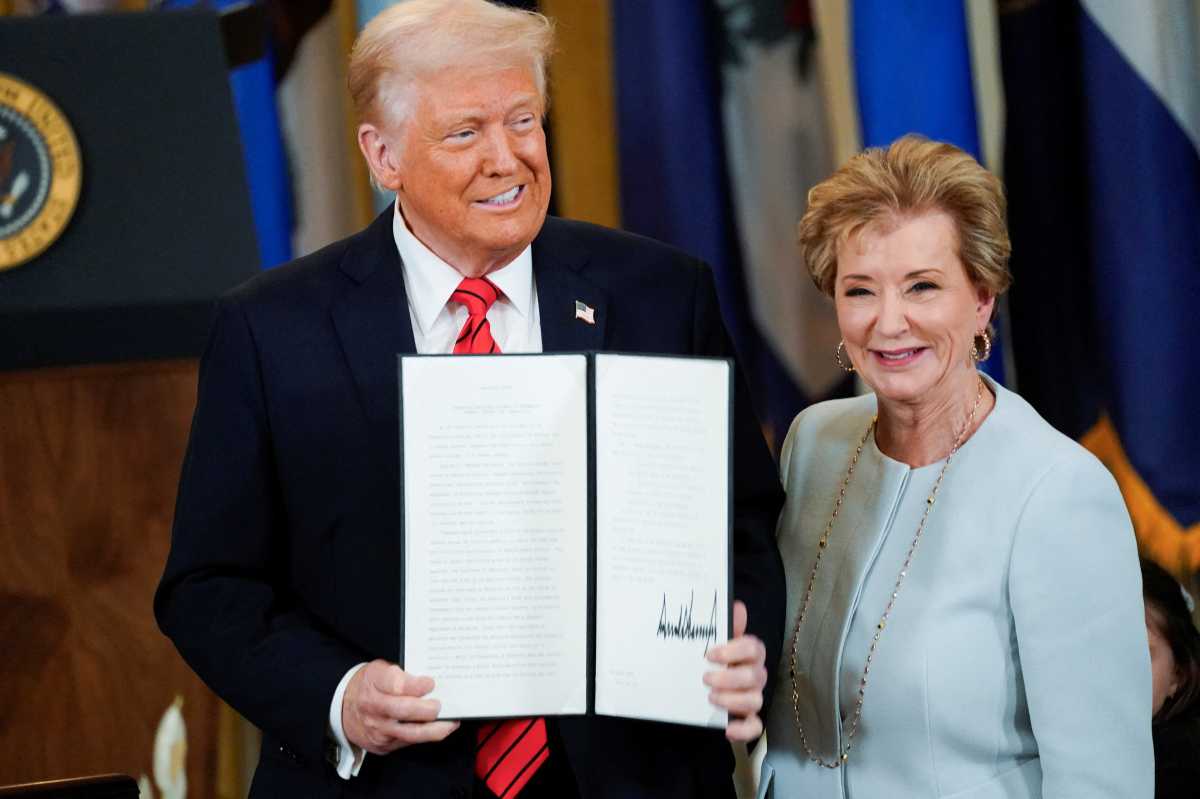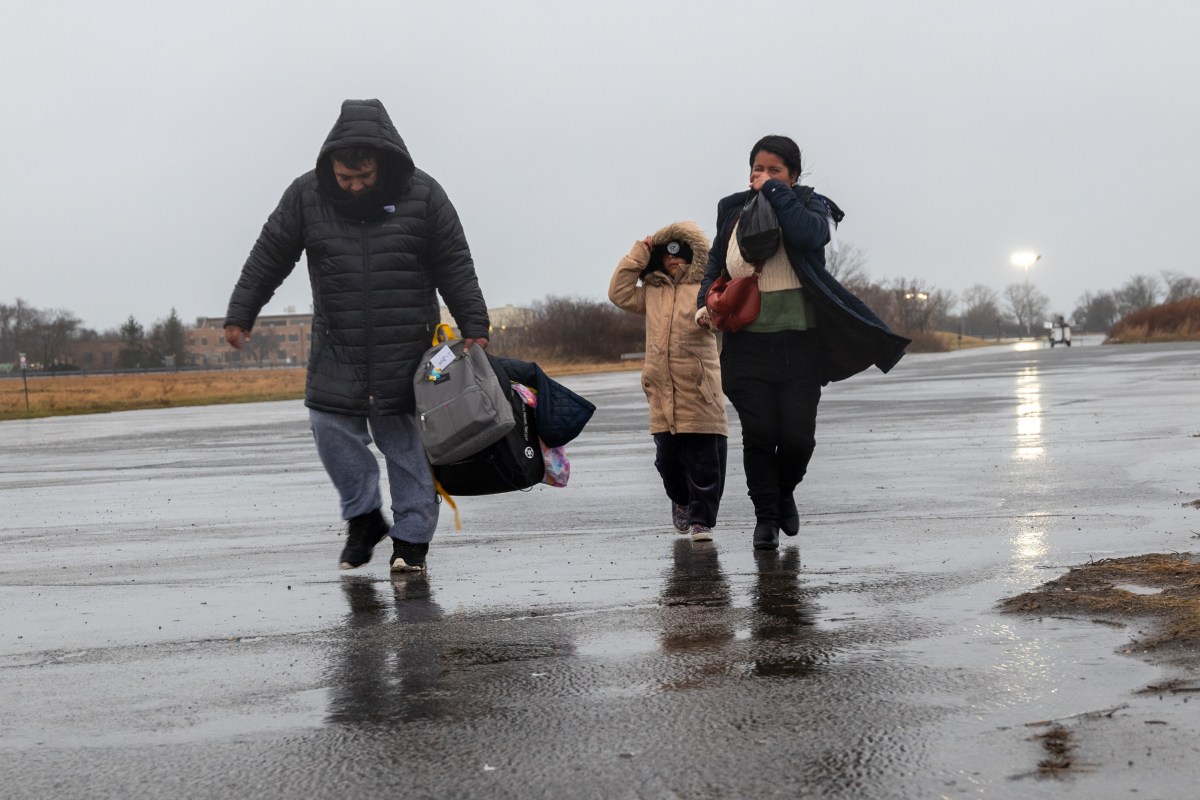The Supreme Court ruling on Tuesday, at the behest of President Donald Trump’s administration, abruptly shut down the census count today after two additional weeks of deliberation in the courts allowed for more local pushes to get people counted.
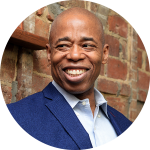
“The Supreme Court’s short-sighted decision to cut off our Census count prematurely is a shameful move. Fortunately, we have been pushing to Make Brooklyn Count in spite of the difficult circumstances by phone banking, knocking on doors, and getting out the word at public events. While we are waiting for the final numbers to come in, it seems that thanks to the concerted efforts of the entire Brooklyn Complete Count Committee, we were able to increase the self-response rate by roughly 4 points over 2010, which means more needed resources and representation for the people of our borough. Though this year’s Census Count may have ended, the fight for equity and fairness continues,” said Borough President Eric Adams.
As of Friday, October 16, the self response rate, which is the most accurate data according to Field Director Kathleen Daniel, for New York State was 64.1 percent and the capital in Albany was at 66 percent. Brooklyn, Kings County, topped out at 58.8 percent (updated: 59 percent) in total for the census. While Brooklyn was in last place in terms of count among the boroughs, it did beat it’s numbers from the 2010 census, said Daniel.
“Brooklyn didn’t break into the 50s percentile until September, like it’s been a fight,” said Daniel, about the challenges the borough has faced. “And in Brooklyn of course, with neighborhoods, Canarsie, where there was not only a gross undercount in 2010 but the highest instances of COVID and the highest number of fatalities. In Brooklyn is where the spikes are now.”
“We’ve been moving that needle,” said Daniel, “New York City is among one of the largest cities in the country that has been moving the needle northward, citywide, in every borough, faster than other cities.”
Daniel said New York closed the gap between the state and the national average, going from about 14 percent down to 5 percent, “and that is a tremendous victory with all of the challenges, the needing to reinvent ourselves, strategize. Going from an in-person direct district communications plan to having almost none of that. It’s been really, really challenging. So we’re going to count this as a victory, but it’s not over.”
She was still doing outreach into Thursday night on the ground in Queens and Brooklyn.
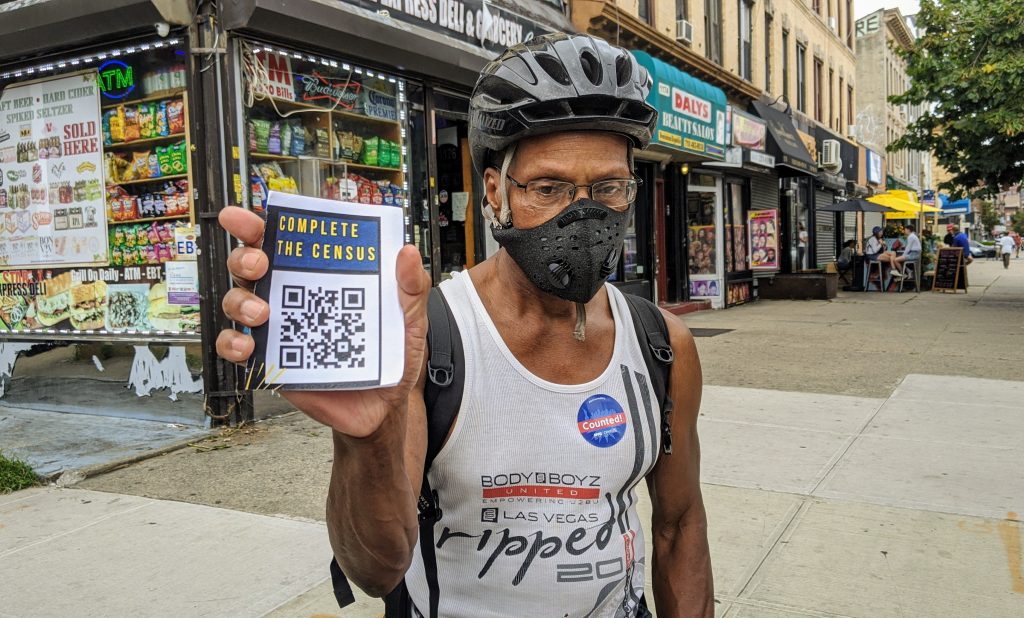
BP Adams’ office, numerous city officials, campaign candidates, and organizations like Daniel’s, also hit the streets in full force recently in a last ditch effort to reach out to more hard-to-count neighborhoods with low self response rates across the borough, like Canarsie, Brownsville, East Flatbush and Flatbush, Bushwick, and Crown Heights.
They sent newsletters, put up billboards, ran ads on instagram, rode bikes en masse to survey people on the street, knocked on doors, tabled at business corridors and parks, hosted giveaways, and set up text and phone banks to constantly remind people of how quick and easy filling out the census was.
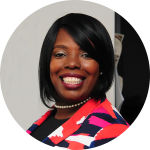
“I cannot say that with certainty that the constituents are showing more or less interest in being counted this year. We are in a pandemic. We have not been able to have our normal activities that allow for us to gather communally and share information. Gathering is how we share vital information in my community. So there has been an opportunity as of late to gather outside with healthy spacing. So we can attribute that to the rise in the response to the census count,” said Assemblywoman Latrice Walker (D-Brownsville) last week about her neighborhood.
Brownsville has been labeled as “a chronically hard-to-count area,” but through outreach and awareness efforts, was making progress to increase counting efforts, said Walker.
“We live in a city where we have an enormous amount of apartment style living, so, going into the buildings was discouraged at one time. Finally we live in a country where we are lacking education in civics. Many people don’t know what exactly the Census does. It is done every 10 years so you will be in elementary school during one time and possibly high school or college the second time it happens in your life. It is not discussed or spoken about enough. We have been educating our community while encouraging people to respond to the census,” said Walker.
This year’s census count was highlighted for its importance to community resourcing and funding, especially after monumental impacts of the COVID-19 crisis, and its ability to affect representation in government. City officials also belabored the point that statistically hard-to-count communities, as well as primarily immigrant and communities of color, would be extraordinarily shortchanged for the next 10 years if the count was inaccurate.
The Associated Press (AP) reported that the lawsuit, brought forth by local governments and civil rights groups, argued that the order to cut the count short “would exclude people in the country illegally from being counted in the numbers used for apportionment,” which determines states’ congressional seats. The Trump administration argued that the census count needed to end early to give the U.S Census Bureau time to meet the December 31st deadline for apportionment.
“By sticking to the deadline, the Trump administration would end up controlling the numbers used for the apportionment, no matter who wins next month’s presidential election,” wrote AP.


